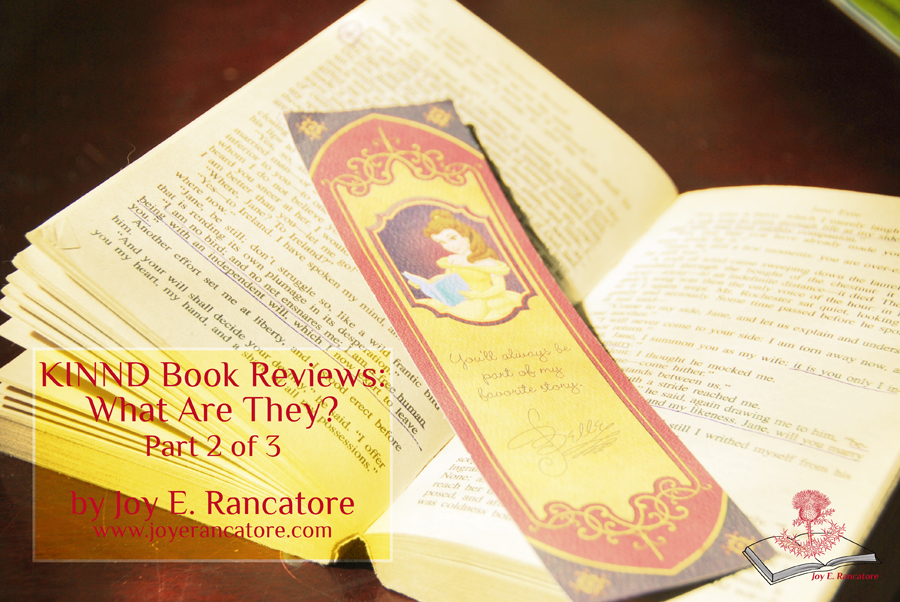Perhaps I’ve convinced you that writing book reviews is worth your time. I hope so!
Over the past few months, I’ve experienced frustration with poorly written or unhelpful reviews, irritation with reviews whose ratings are based on personal preferences—from people who don’t like the kind of book they’re reviewing—and anger at scathing reviews that attack authors in personal ways rather than evaluating the book. So, to combat that, I’ve found myself urging reader friends to leave a “kind” review.
I knew what I meant by that, but realized it probably needed some explanation since it doesn’t just mean “be nice!” Great reviews must be honest, after all. When I sat down to work out a helpful acrostic, I added an “N” and came up with this outline for a KINND review.
Know
First of all, you should know what you’re reading. What was this tale all about? What type of book—genre—is it? Is this a kind of book you typically read?
Identify
When you get into the meat of the review, you need to express the book’s positives and negatives with specificity. Two of the worst things you can do when writing a review is click the first star, write “It sucked” and post OR click the fifth star, write “Loved it” and post.
Name
This may sound weird, but I think it’s helpful to write the author’s name in your review. It helps you remember this book was written by a real, flesh-and-blood person. Someone who put in countless hours and energy and heart stands behind these words.
Beyond that, real people hold the roles of publisher, editor, designer, etc. Now, I don’t think you necessarily need to include their names (and you may not even notice their names when you read anyway), but just remembering the humanity behind the books helps you consider any criticisms through a different lens.
Note
This is a great place to offer some observations and remarks on unusual or uncommon aspects in the book. Dig deep and think through specific aspects of the story that you liked or didn’t like and why.
Drive
As you close out your review, whether it’s been two sentences or twenty, remember the why of writing it and drive the author to keep going and other readers to pick the book up.
So, what if you absolutely cannot find anything positive to say? Well, friend, unless you have no choice but to leave a review, a time-tested adage answers this best: “If you don’t have anything nice to say, don’t say anything at all.”
Before I close this post, I want to give you a quick rundown of what a book review should NOT be. It should NOT:
- Undermine the importance of an honest review;
- Nitpick about details that aren’t helpful for a reader trying to choose their next book;
- Kick an author or attack his or her personal life;
- Idealize what you think books should include or not include or the exact formula by which they should be written;
- Negate an entire book based solely on your preferences;
- Neglect the specifics in order to quickly bring an author down for your own personal vendetta; or
- Disappoint potential readers by including spoilers or by failing to provide specifics with the intention of allowing them to determine if a book is for them or not.

What do you think about this little acrostic? Do you think it will be helpful as you write your own book reviews? What have been some of the most helpful details included in book reviews that you’ve appreciated? What was the least helpful review you ever read?
Please tune back in on Thursday for our third part in this series on KINND book reviews as I give some specifics on HOW to write them. If you’d like a free PDF to help you write your own reviews, please subscribe to my weekly newsletter. I’ll see you there!




Trackbacks/Pingbacks